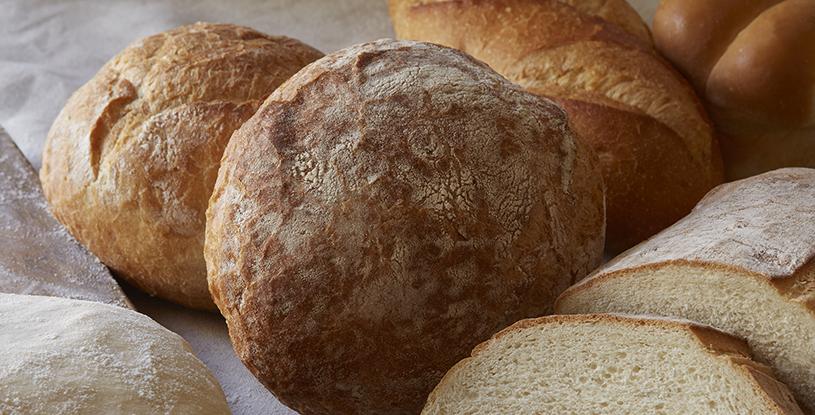The high-protein, lower-net-carbohydrate diet trend shows no sign of slowing. Yet just 2% of bakery products carried high or added protein claims in the five years ending in August 2019, according to Mintel. This may be because food developers working with high-protein formulations often encounter functional challenges.
Over the years, the baking industry has attempted to develop low- or reduced-carb breads, for example, by incorporating a protein source and/or a dietary fiber source (resistant starch) to partially or fully replace flour in the formulation. The result was breads with challenging handling characteristics and differences in dough rheology, loaf volume, crumb grain, texture or flavor when compared with traditional bakery products.
But research shows that the right combination of wheat protein isolate and resistant wheat starch can help to overcome these issues, while also resulting in lower net-carbohydrates.
A research project at the American Institute of Baking International evaluated high-protein, high fiber (low carbohydrate) bread formulas for white and wheat breads and compared them with standardized control breads.
The high-protein, high-fiber formulas contained Arise® wheat protein isolate and Fibersym® RW resistant wheat starch, a dietary fiber, along with vital wheat gluten, flour and soy fiber.
In terms of functionality, the high protein-high fiber doughs had higher water absorptions and required less high-speed mixing time than the control doughs. Dough consistency out of the mixer was generally good, trending to slightly sticky and elastic. The doughs improved over the course of the 30-minute floor time, to the point that most were judged good at the makeup stage. Proof times were quick. Bake times were increased about four minutes compared with the control doughs. The high-protein-high fiber breads exhibited significantly greater volume than the control breads.
Total quality bread score results showed no remarkable difference between test breads and control breads.
But there was a significant difference between high-protein, high-fiber breads and the control breads when net carbohydrate contributions were calculated. With the former, this ranged from 4.7 to 5.2 grams per 28-gram serving size. This was a significant net carbohydrate reduction as the control breads contributed 11.2-13.8 grams per 28-gram serving. Additionally, the calculated caloric reductions in these high protein/high-fiber breads as compared to the control products were adequate to meet the requirements for labeling as “reduced calorie” products.
Recent developments in low net carbohydrate research on bakery products involved a flour-less composition of wheat protein isolates and Fibersym resistant wheat starch, resulting in a significantly reduced net carbohydrate count of 0-3 grams per 28-gram serving size.
Nutritional benefits in a hard pretzel
In a baking applications test conducted in the MGP Ingredient Solutions test kitchen, Arise and Fibersym were used to create a formulation for a hard pretzel. Using two types of Arise from the Clean Label 8000 series (Arise 8000 and Arise 8100) helped boost protein to 10 grams in the finished product per 30 g serving size. The test pretzel is one-third protein.
Similar nutritional benefits of lower carbohydrates were accomplished with the use of Fibersym a resistant wheat starch and FDA-recognized dietary fiber. The pretzel contains 12 grams of total carbohydrates and six grams of dietary fiber, resulting in six grams of net carbs.
While achieving these nutritional results, using Arise and Fibersym together provided important functional benefits: elasticity and extensibility with Arise 8000 and 8100, and with Fibersym, the same water-holding capacity as flour, allowing it to be easily substituted.
Bringing high-protein, low-carbohydrate bakery products to market may represent a significant opportunity but it comes with formulation challenges. Bakers and food formulators desiring a high-protein, low-carbohydrate product with exceptional functional properties can look to Arise, together with Fibersym, to help them capitalize on this enduring diet trend.

